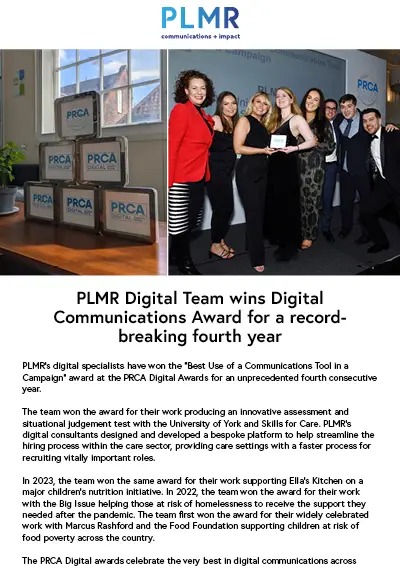For the longest time, television and radio, alongside printed media were at the forefront of company and brand promotion. During this time it was the most effective and fruitful form of exposure as virtually every household had access to a TV or radio.
However, this has quickly begun to change from the rise of social media. Social media is a platform with which at least 3 billion people have easy access to information right at their fingertips – literally. Perfect for the immediate consumption of new circulating news and trends.
You may be thinking, what does any of this have to do with digital marketing of my brand/company? Well, whilst TV remains popular, there most definitely has been a drop in consistent viewership, especially amongst 16-34 year olds. This is a result of the dramatic proportional increase in the use of social media, to the point that the average person spends 2 hours and 22 minutes on social media per day, and this means that the landscape for online success has vastly increased.
However, this isn’t to say that if you simply created a page on Facebook, or an account on Twitter, that you’d instantly have the masses flocking to invest in or purchase your product or service. You’ll need to be very realistic and savvy in the early stages of your business through digital marketing. Firstly you need to be conscious about the type of business you have.
Take for example, an independent small alternative fashion start up:
1) As it’s a clothing business, you’ll want people to be able to view your catalogue of merchandise easily, with accessible channels drawing them in. As such, the best social media platform for this would be Instagram, as it provides users with a very unique and visual experience. Creating this as a business account is a sure-fire means of creating the impression of professionalism as well as giving potential customers an immediate sense of what your company is about.
2) Now you’ll need to create traction to your business. How do you do this? There are a multitude of ways you can do this including influencers, brand ambassadors, hashtags and paid advertising. You may also be thinking, how do I make use of these options and do I really need all of them? All of these things are important, however some more than others. Remember as this is an ‘alternative fashion start up’, your products may be rather niche and made for a particular demographic.
· Influencers: influencers are an essential part of promotion through brand partnerships or simply wearing one of your items in a post and tagging you. As influencers tend to have a large audience of like-minded followers, if they like and promote your brand, their followers will be quick to take note of your business. Depending on their following (which tends to be 100k+), prices will vary dramatically.
· Brand ambassadors are very similar to influencers, they’ll essentially model and promote your brand for a much smaller cost, while still having an impact. Payment may even be a percentage of the profit made from the products sold via the use of their own personal discount code.
· Hashtags are free, and great in the way that you’re able to expand your reach far past your usual following. But you need to be aware of the tags that are most relevant to your content, as well as what’s popular in order to attract the specific target market that you’re aiming for. It’s an absolute must to use these. Having longer, more specified hashtags has proven to be more effective than shorter more generic ones.
· Creating paid advertising within Instagram’s business tools and utilising them is very important to getting your business to an even wider audience because you don’t have to rely on users going out of their way to go through tags that are being updated every second. They instead include your promoted post in the timelines of users in a non-intrusive manner.
3) It’s important to interact with your followers regularly as it’ll differentiate you from larger corporates that show little care for their consumers. This pairs nicely with making sure to stick to a schedule of constant updating, which is where Twitter and Instagram stories could come into play when you have small updates, relevant to very active audience members, but that aren’t worth a whole post.
4) Keep up with trends that your company could play into, such as a style of clothing that has suddenly become popular, or a certain place that’s gone viral because of how perfectly ‘instagramable’ it is. Why not have a model/brand ambassador take pictures in the given place, which will certainly increase traffic?
5) Your bio is just as important as the rest of your account, so make it interesting. Think of your bio as the synopsis to your company, revealing just enough to intrigue your potential buyers. This is most effective when you link all of your other social media channels and ‘contact us’ information in your bio, including your company website.
There you have it, as long as you understand and have a grip on the platform and type of business you have, it can be very easy to expand your business through social media. If you’re interested in further, bespoke support for social media, please click here.




